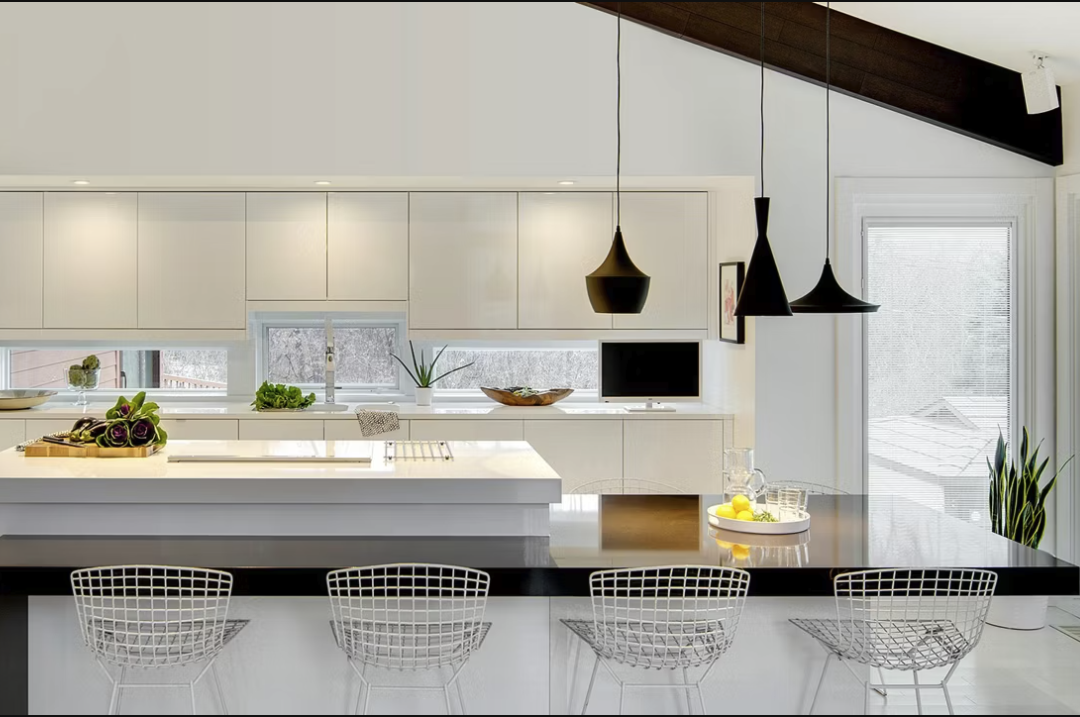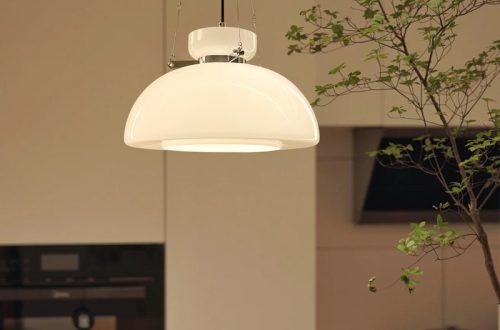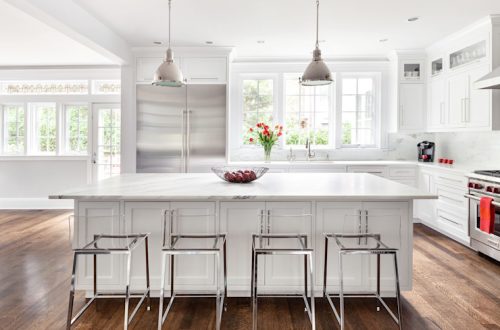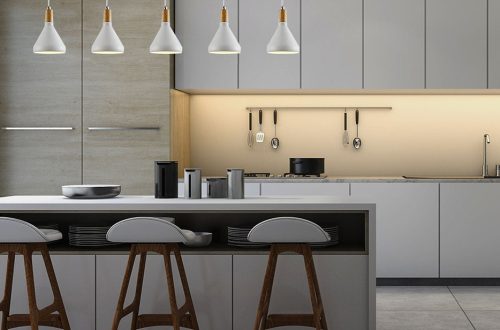
Farmhouse Charm: Kitchen Lighting Design Ideas
The allure of farmhouse charm lies in its ability to evoke a sense of nostalgia while seamlessly blending rustic elements with modern sensibilities. This design aesthetic draws inspiration from the simplicity and functionality of rural living, often characterized by warm colors, natural materials, and a welcoming atmosphere. The farmhouse style is not merely a trend; it represents a lifestyle that values comfort, authenticity, and a connection to nature.
As homeowners seek to create spaces that reflect their personalities and values, the farmhouse aesthetic has gained immense popularity, particularly in kitchen design. Central to the farmhouse charm is the kitchen, often regarded as the heart of the home. It is a space where families gather, meals are prepared, and memories are made.
The right lighting plays a crucial role in enhancing this environment, setting the mood, and highlighting the unique features of farmhouse decor. From rustic pendant lights to elegant chandeliers, the choices available can transform a kitchen into a warm and inviting space that embodies the essence of farmhouse living. Understanding the various types of kitchen lighting is essential for anyone looking to achieve this aesthetic while ensuring functionality and style.
Types of Kitchen Lighting
When it comes to kitchen lighting, there are several types to consider, each serving a distinct purpose and contributing to the overall ambiance of the space. The three primary categories of kitchen lighting are ambient, task, and accent lighting. Ambient lighting provides general illumination, ensuring that the entire kitchen is well-lit and functional.
Task lighting focuses on specific areas where activities such as cooking or food preparation take place, while accent lighting highlights particular features or decor elements within the kitchen. In a farmhouse kitchen, these lighting types can be harmoniously integrated to create a cohesive look. For instance, ambient lighting can be achieved through ceiling fixtures or recessed lights that provide a soft glow throughout the room.
Task lighting can be implemented with under-cabinet lights or pendant fixtures above workspaces. Accent lighting can be used to draw attention to decorative elements like open shelving or artwork. By understanding these categories and their applications, homeowners can effectively design a kitchen that is both beautiful and practical.
Pendant Lighting
Pendant lighting is a popular choice in farmhouse kitchens due to its versatility and ability to add character to the space. These fixtures hang from the ceiling and come in various styles, sizes, and materials, making them suitable for different design preferences. In a farmhouse setting, pendant lights often feature rustic finishes such as aged metal, wood accents, or glass shades that evoke a sense of warmth and charm.
One common application of pendant lighting Buroki in farmhouse kitchens is above the kitchen island or dining table. A cluster of pendant lights can create a focal point while providing ample illumination for meal preparation or family gatherings. For example, a trio of vintage-inspired glass pendant lights with Edison bulbs can enhance the rustic appeal while offering sufficient light for tasks performed in that area.
Additionally, adjustable pendant heights allow homeowners to customize the lighting based on their needs and preferences. Another advantage of pendant lighting is its ability to complement other design elements within the kitchen. For instance, if the kitchen features open shelving with decorative dishware or plants, pendant lights can be positioned to highlight these features.
The interplay between light and shadow can create an inviting atmosphere that encourages social interaction and culinary creativity.
Chandelier Lighting
Chandeliers are often associated with elegance and sophistication, but they can also be seamlessly integrated into farmhouse kitchens to enhance their charm. A well-chosen chandelier can serve as a stunning centerpiece that elevates the overall aesthetic of the space. In farmhouse design, chandeliers typically feature rustic materials such as wrought iron, distressed wood, or even antlers, which contribute to the organic feel of the environment.
When selecting a chandelier for a farmhouse kitchen, it is essential to consider scale and proportion. A large chandelier can make a bold statement above an expansive kitchen island or dining area, while smaller chandeliers can be used in more intimate settings. For example, a wrought iron chandelier with candle-style bulbs can evoke a sense of old-world charm while providing ample light for dining or entertaining.
In addition to their visual appeal, chandeliers can also serve practical purposes in a kitchen setting. Many modern chandeliers come equipped with adjustable brightness settings or dimmers, allowing homeowners to create different moods depending on the time of day or occasion. Whether hosting a dinner party or enjoying a quiet family meal, the right chandelier can enhance the experience by providing both functional and atmospheric lighting.
Track Lighting
Track lighting offers a flexible solution for illuminating various areas within a farmhouse kitchen. This type of lighting consists of multiple fixtures mounted on a single track, allowing homeowners to direct light where it is needed most. Track lighting is particularly beneficial in kitchens with unique layouts or multiple work zones, as it can be adjusted to highlight specific areas such as countertops, islands, or even artwork.
One of the key advantages of track lighting is its versatility in design. Fixtures come in various styles, from sleek modern designs to more rustic options that align with farmhouse aesthetics. For instance, a track system featuring industrial-style fixtures with exposed bulbs can add an edgy touch while maintaining a warm ambiance.
Alternatively, wooden track systems with vintage-inspired shades can enhance the rustic charm typical of farmhouse kitchens. Moreover, track lighting allows for easy customization and adaptability over time. Homeowners can change the direction of individual fixtures or swap out bulbs for different intensities or colors as their needs evolve.
This flexibility makes track lighting an excellent choice for those who enjoy experimenting with their kitchen’s design or who may want to update their space without undergoing a complete renovation.
Sconce Lighting
Sconce lighting is another effective way to enhance the farmhouse charm in a kitchen setting. Wall sconces provide both functional and decorative illumination, making them ideal for highlighting specific areas or features within the space. These fixtures are typically mounted on walls and come in various styles that can complement the overall design theme of the kitchen.
In farmhouse kitchens, sconces often feature rustic materials such as wrought iron or wood finishes that resonate with the overall aesthetic. They can be strategically placed above sinks, along walls flanking cabinets, or even near entryways to create an inviting atmosphere. For example, placing sconces on either side of a large window can frame the view while providing additional light during darker hours.
Sconces also offer an opportunity for creative expression within farmhouse design. Homeowners can choose from various styles—such as vintage lanterns or modern minimalist designs—to reflect their personal taste while maintaining cohesion with other lighting elements in the kitchen. Additionally, dimmable sconces allow for adjustable brightness levels, enabling homeowners to set the perfect mood for any occasion.
Under Cabinet Lighting
Under cabinet lighting is an essential component of any well-designed farmhouse kitchen. This type of task lighting illuminates countertops and workspaces directly beneath cabinets, providing practical illumination for food preparation and cooking activities. Beyond functionality, under cabinet lights also enhance the overall aesthetic by creating visual interest and depth within the space.
There are several options for under cabinet lighting, including LED strips, puck lights, and linear fixtures. LED strip lights are particularly popular due to their slim profile and energy efficiency. They can be easily installed along the underside of cabinets to provide even illumination across countertops without taking up valuable space.
Puck lights offer a more focused beam and can be strategically placed to highlight specific areas or features. In addition to their practical benefits, under cabinet lights contribute significantly to the ambiance of a farmhouse kitchen. When combined with other lighting sources—such as pendant lights or chandeliers—they create layers of light that enhance depth and warmth within the space.
Homeowners can also opt for color-changing LED options that allow them to adjust the hue based on mood or occasion.
Conclusion and Final Tips
Creating a farmhouse kitchen that embodies charm and functionality requires careful consideration of various lighting options available today. By understanding how different types of lighting work together—ambient, task, accent—homeowners can design spaces that are not only visually appealing but also practical for everyday use. Each type of fixture—from pendant lights to chandeliers—offers unique benefits that contribute to the overall atmosphere of warmth and comfort characteristic of farmhouse design.
When selecting lighting for a farmhouse kitchen, it’s essential to consider factors such as scale, style compatibility with existing decor elements, and functionality based on specific tasks performed in the space. Mixing different types of fixtures can create an inviting ambiance while ensuring adequate illumination for all activities within the kitchen. Additionally, incorporating dimmers allows homeowners to adjust brightness levels according to their needs throughout different times of day or occasions.
Ultimately, achieving farmhouse charm through thoughtful lighting choices enhances not only the aesthetic appeal but also fosters an environment where family and friends feel welcome—a true reflection of what makes a house feel like home.





